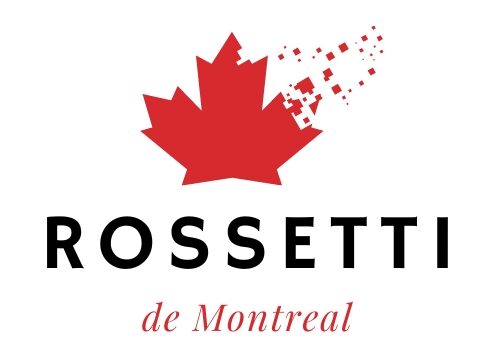Modern architecture continues to push the boundaries of design, functionality, and sustainability. In cities like Dubai, the transformation of skylines into futuristic landscapes showcases the bold vision of contemporary architects. This article delves into the architectural marvels that define our era, emphasizing their innovative designs and the technology driving these developments.
Iconic Designs Shaping Skylines
Dubai, a global hub of architectural innovation, stands out with its blend of modern and traditional elements. The Burj Khalifa, the world’s tallest building, exemplifies this blend, integrating cultural motifs with cutting-edge technology. Its design draws inspiration from the desert flower Hymenocallis, symbolizing Dubai’s cultural roots while pushing architectural limits.
Another notable example is the Cayan Tower, known for its unique twisting shape. This helical structure, devoid of structural pillars, offers panoramic views of the city and the sea, showcasing the possibilities of modern engineering.
Sustainable Practices in Modern Architecture
Today’s architectural marvels also prioritize sustainability. Green buildings, like London’s BedZED eco-village and Milan’s Bosco Verticale, demonstrate a commitment to reducing environmental impact. These structures use renewable energy, efficient insulation, and environmentally friendly materials to create healthier living spaces.
Dubai’s Sustainable City and Masdar City highlight the city’s dedication to eco-friendly development. These projects incorporate solar panels, water conservation systems, and green spaces, aligning with global trends toward sustainable urban living.
Cultural Influences and Artistic Expression
Architecture often reflects the cultural and historical context of its location. In Dubai, the juxtaposition of traditional Islamic architecture with modern designs creates a unique aesthetic. For instance, the Al Fahidi District preserves wind towers, or ‘Barjeels,’ traditional cooling systems that contrast with the city’s modern skyline.
Globally, structures like the Sydney Opera House and the Eiffel Tower continue to inspire with their blend of artistic vision and engineering prowess. These landmarks not only define cityscapes but also serve as cultural icons, representing the spirit and history of their regions.
Innovations in Building Materials and Techniques
The future of architecture is also being shaped by advancements in building materials and construction techniques. Innovative materials like carbon fiber and self-healing concrete are making buildings stronger, lighter, and more sustainable. These materials enable architects to experiment with new forms and structures, pushing the boundaries of what is possible.
Techniques like cantilevering and suspension are also revolutionizing design. Buildings that appear to defy gravity, such as the cantilevered sections of the Marina Bay Sands in Singapore, demonstrate the creative potential of modern engineering.
A Glimpse into the Future
As we look to the future, the integration of technology and sustainability will continue to shape architectural trends. Smart buildings equipped with AI and IoT devices will optimize energy use and enhance the living experience. Additionally, sustainable practices will remain a priority, ensuring that new constructions are both innovative and environmentally responsible.
Exploring modern architectural marvels reveals the incredible advancements in design and technology. These structures not only redefine skylines but also reflect a commitment to cultural heritage and sustainability. The future of real estate lies in these groundbreaking developments, offering a blend of beauty, functionality, and eco-consciousness.
For more insights into modern architecture, visit https://sjlarchitect.com.
